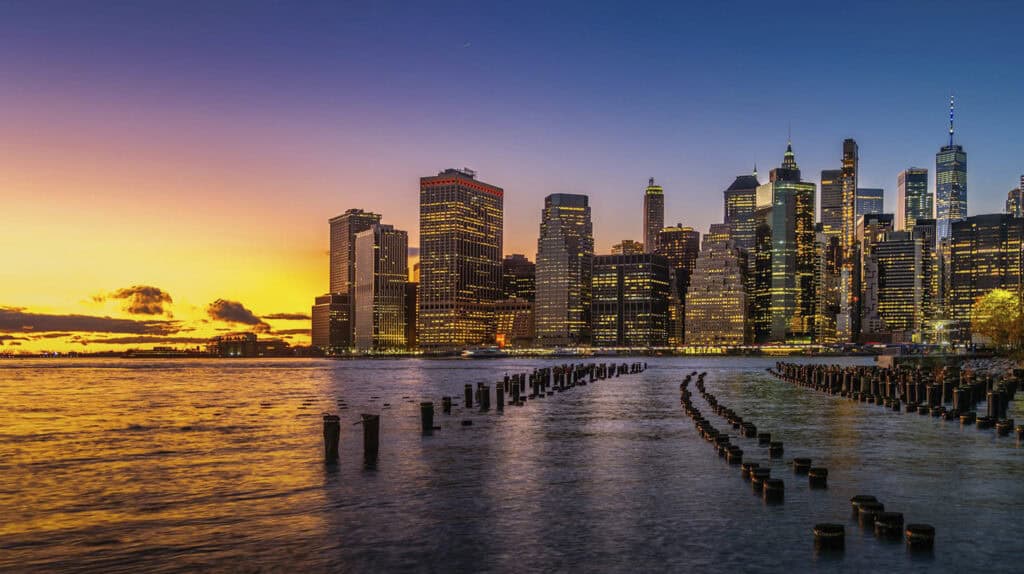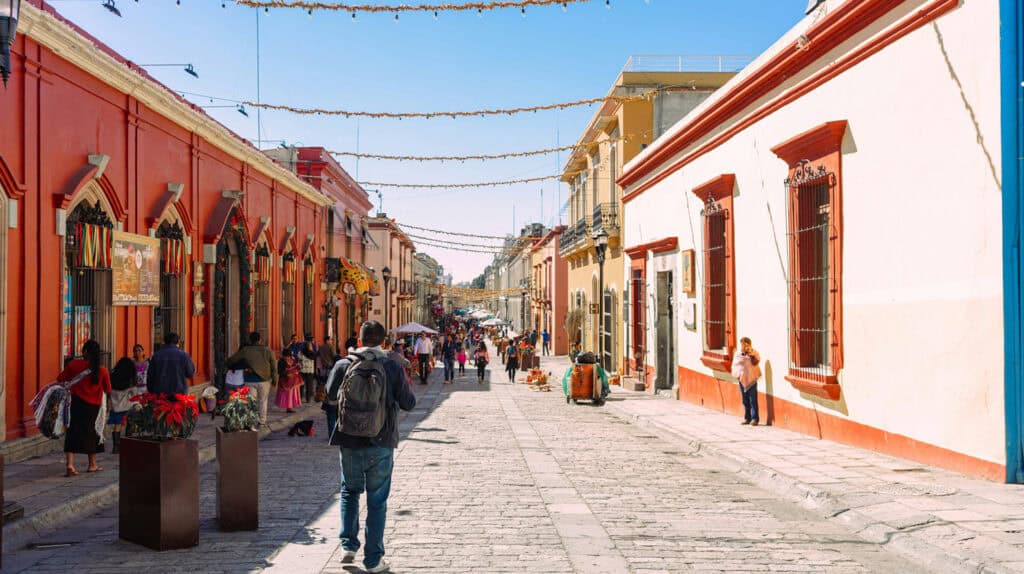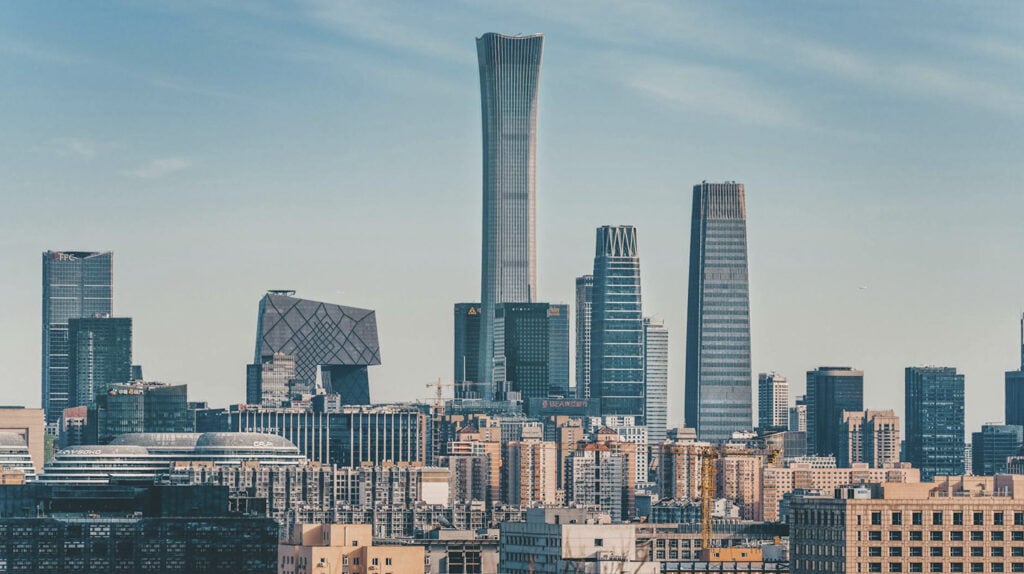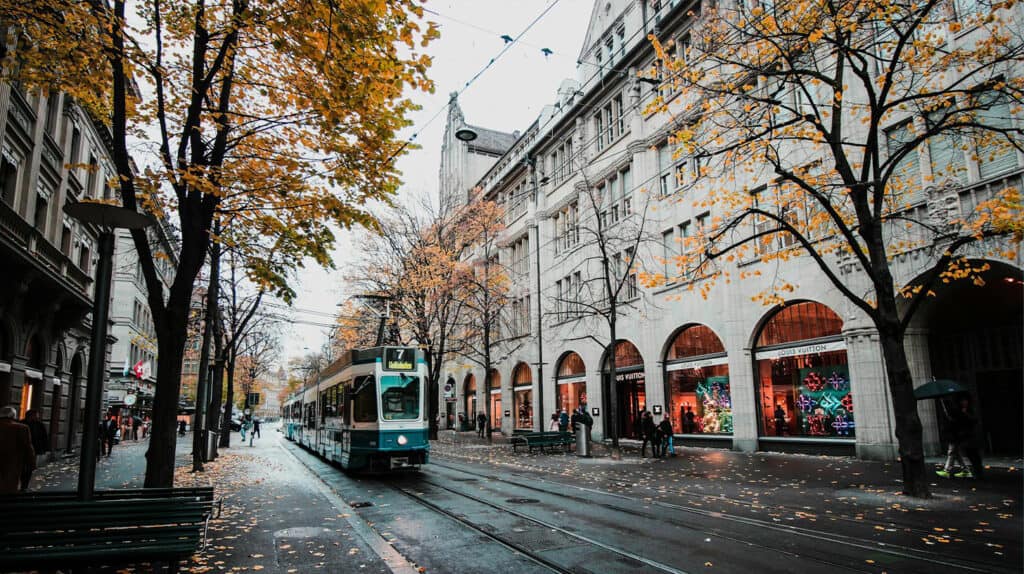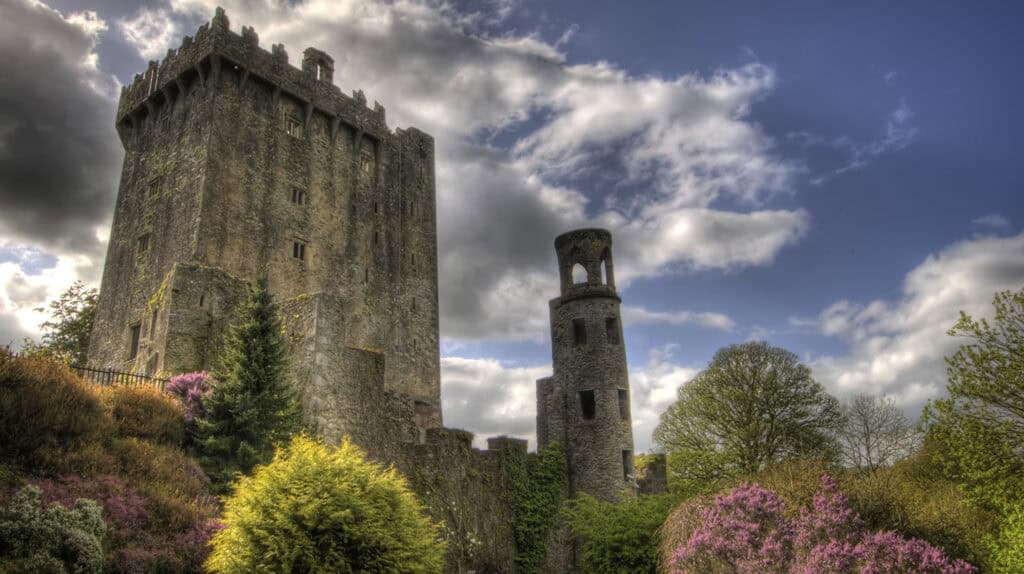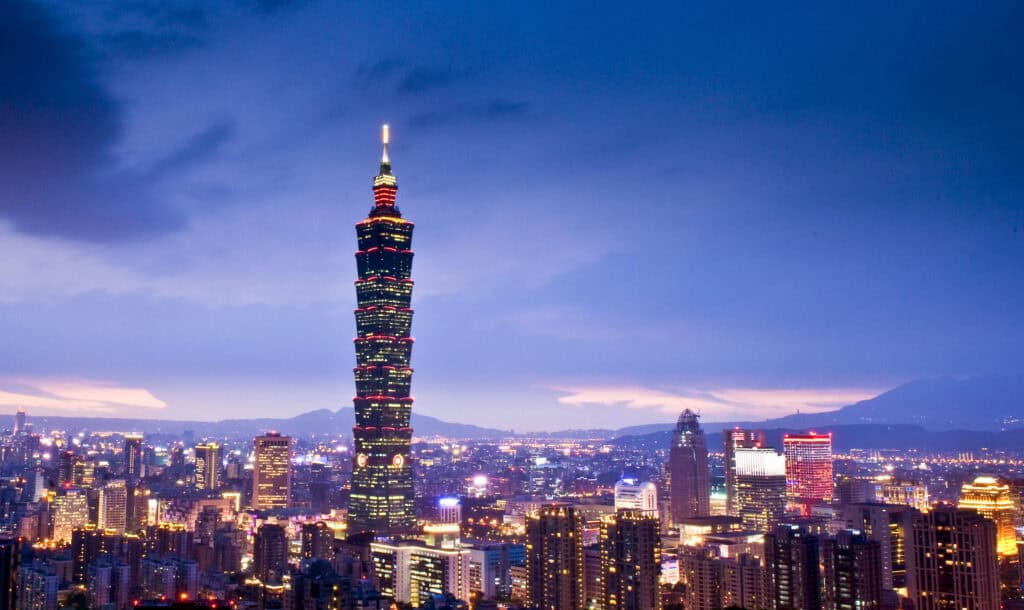

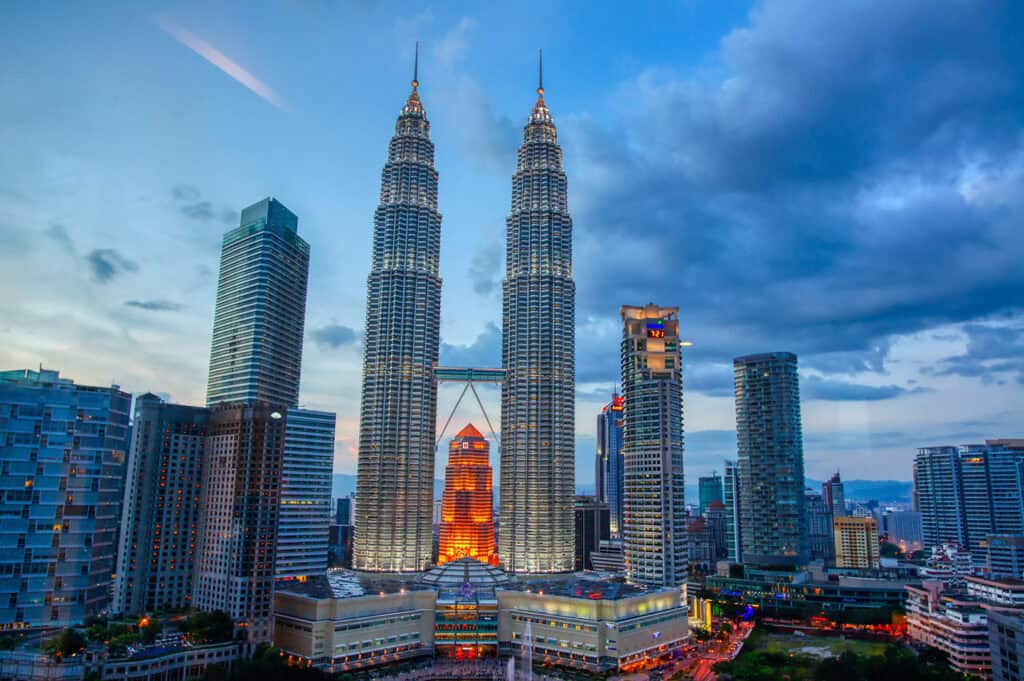
Curious about how modern architecture is reshaping Asian cityscapes? As Asia’s cities surge forward with groundbreaking designs and innovative structures, they blend traditional aesthetics with contemporary advancements to address today’s urban challenges.
At Landmarks Architects, we understand the excitement of exploring these architectural marvels. With deep expertise in the field, we’re here to walk you through the standout structures that are defining the region.
In this article, you’ll discover:
- The symbolic and practical design of Taipei 101 and Shanghai Tower
- The fusion of tradition and modernity in West Asia’s Burj Khalifa and KAPSARC
- North Asia’s architectural icons like the Lotte World Tower and Ryugyong Hotel
- Central Asia’s impressive Khan Shatyr and Ak Orda Presidential Palace
- South Asia’s blend of tradition and innovation in the Lotus Temple and Terminal 2
- Southeast Asia’s landmark structures such as the Petronas Towers and Gardens by the Bay
Start this article to see how these buildings not only enhance city skylines but also embody the cultural essence of their regions and teach us types of architectural styles.
Modern East Asian architecture
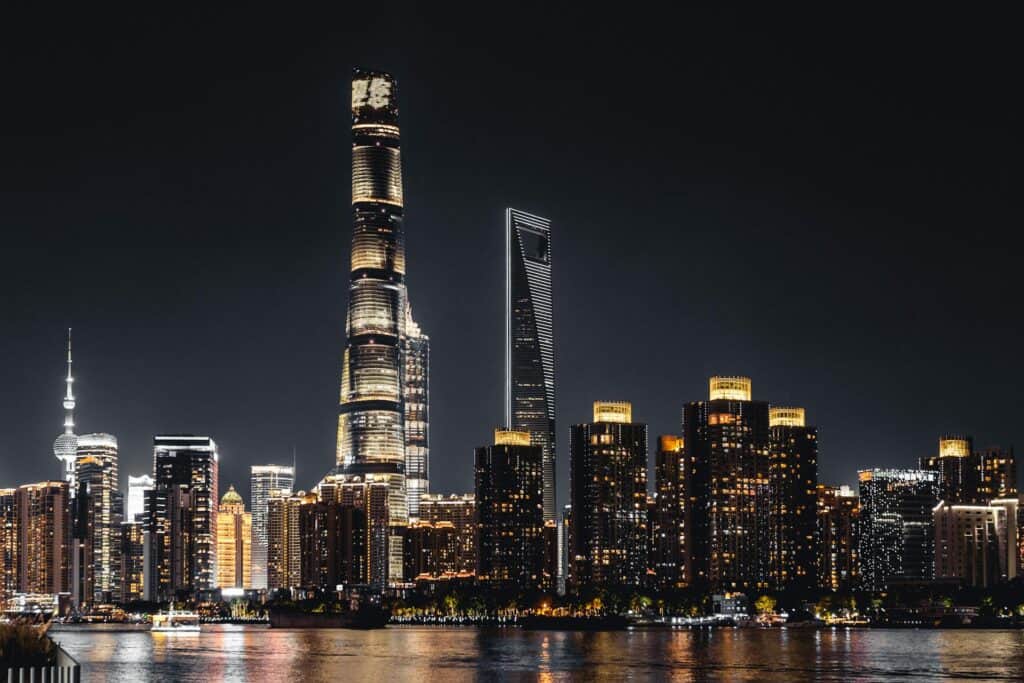
Modern East Asia blends innovative design, traditional influences, and cutting-edge construction techniques. This fusion, reflecting diverse modern architectural styles, addresses contemporary urban challenges and features iconic structures that reshape city skylines.
1. Taipei 101
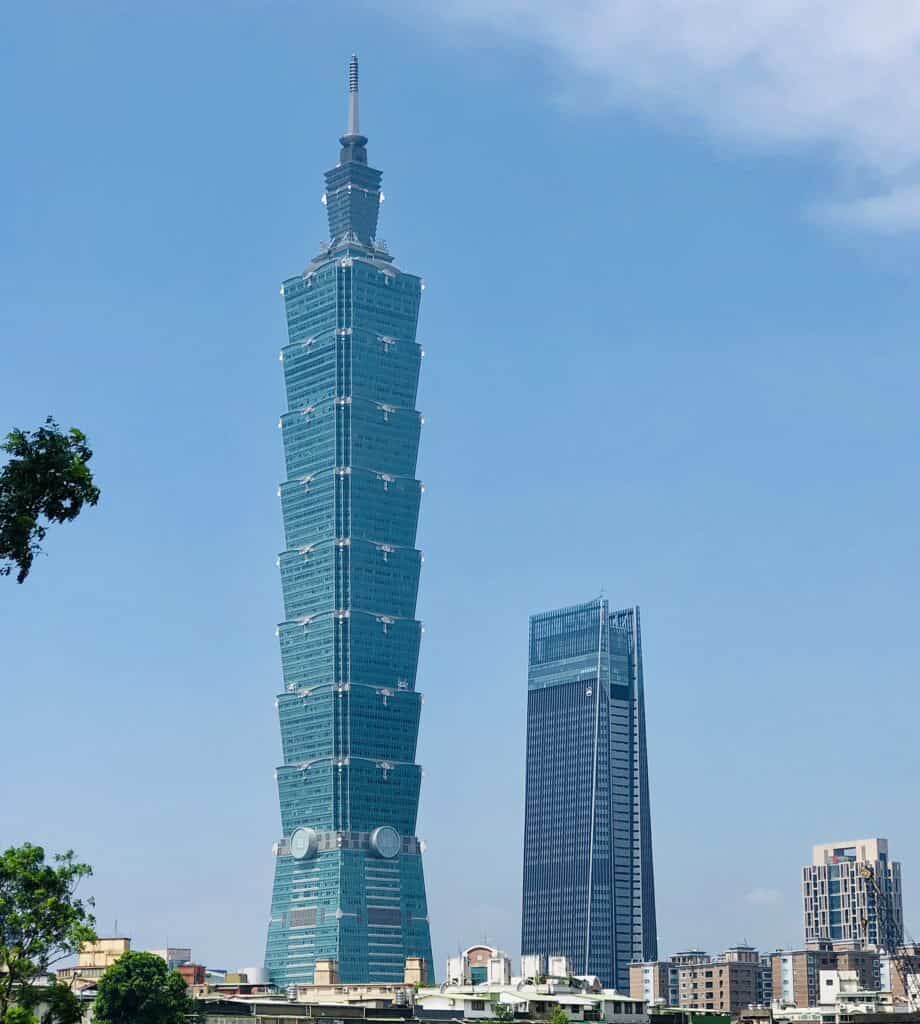
Taipei 101, completed in 2004, symbolizes Taiwan’s rapid modernization. Once the world’s tallest building, its design by the architectural firm KTRT (C.Y. Lee & Partners) integrates traditional Asian elements, like the pagoda shape, adhering to feng shui principles.
Constructed with steel and concrete, it incorporates a “tuned mass damper” for earthquake resilience, showcasing modernist design and enhancing safety. Taipei 101 combines office spaces, restaurants, and a shopping mall, merging urban life with architectural excellence.
2. Shanghai Tower

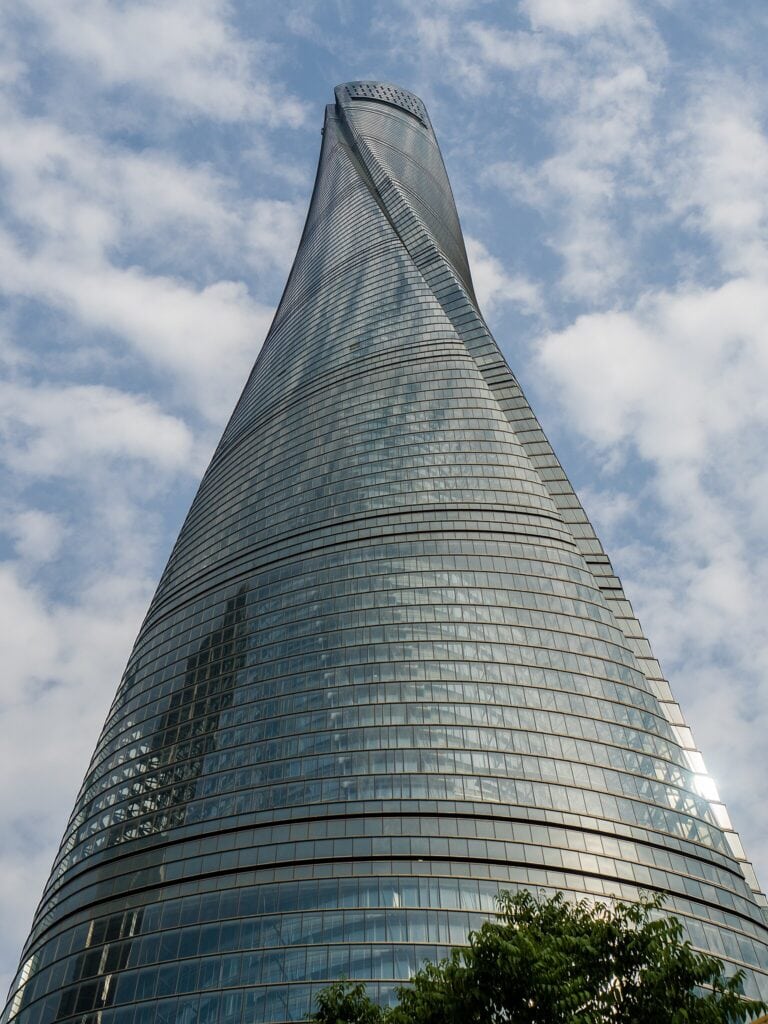
Shanghai Tower, completed in 2014, stands as a marvel of contemporary architecture at 632 meters. Designed by Gensler, its twisting form reduces wind loads and enhances energy efficiency, while the sustainable materials used in its façade reflect a commitment to green architecture.
As one of the most notable examples of famous architecture in China, the tower features offices, hotels, and observation decks, embodying the vertical city concept.
Its innovative systems, including rainwater collection and energy-efficient glass, position it as a leader in modern architectural practices. Combining modernist principles with traditional cultural elements, Shanghai Tower is significant in shaping the future of East Asian architecture.
Modern West Asian architecture

West Asia merges contemporary architecture with cultural heritage, featuring innovative designs that respect historical influences and meet the demands of growing urban areas. The region showcases cutting-edge construction techniques that redefine urban spaces and their connection to the natural environment.
3. Burj Khalifa
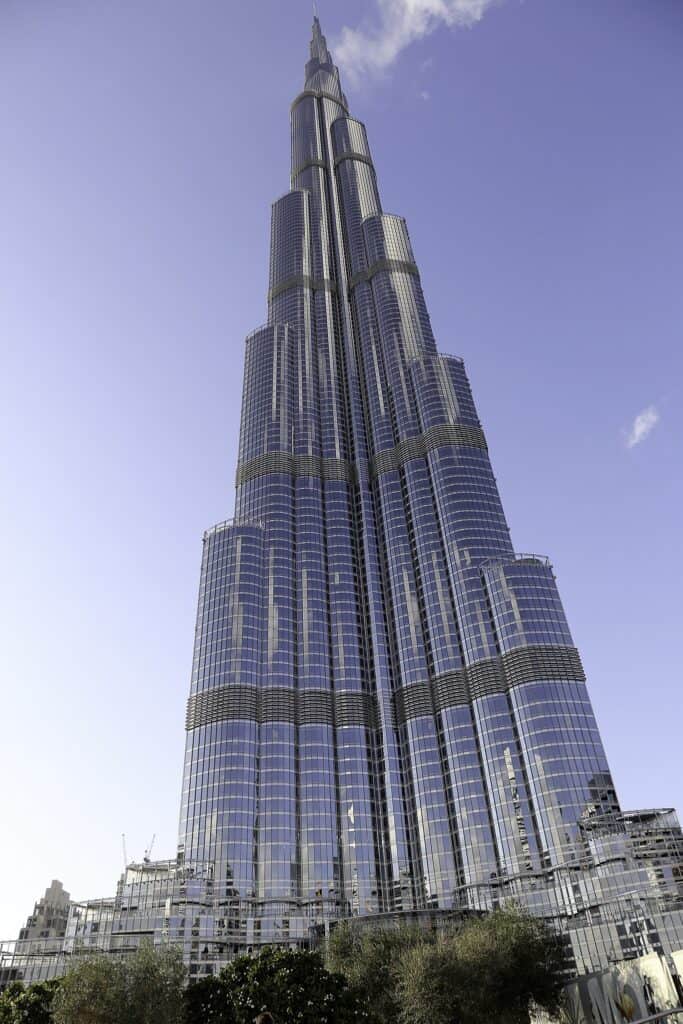
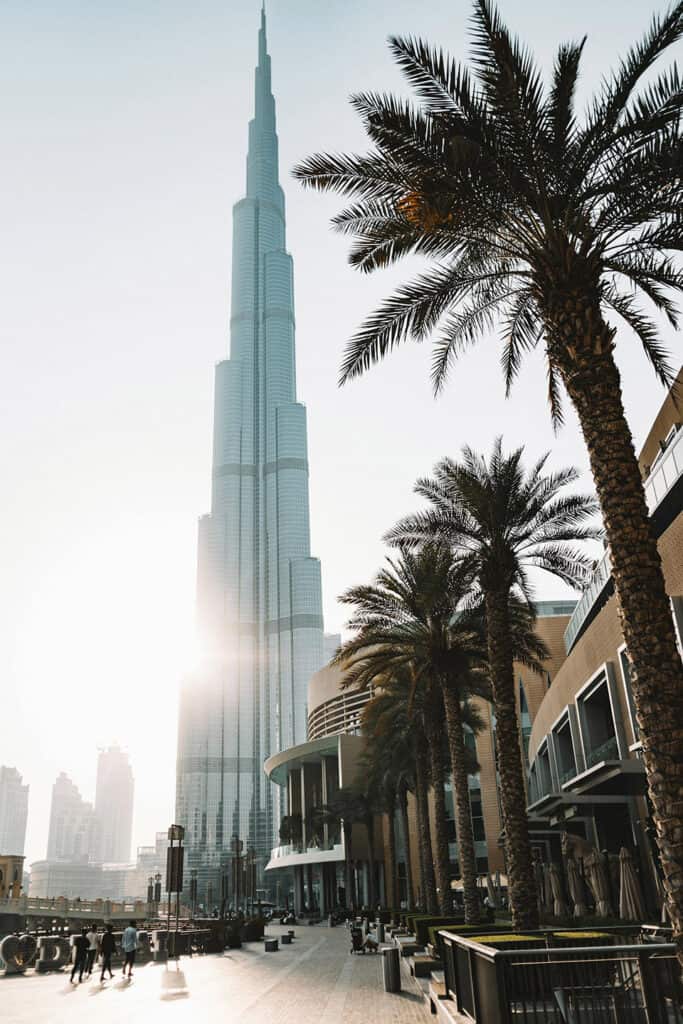
The Burj Khalifa in Dubai, at 828 meters, is the world’s tallest building, showcasing modern architecture and engineering excellence. As one of the most prominent examples of the tallest buildings in the UAE, it was built with high-performance concrete to withstand extreme winds and blends traditional Islamic art with modernist design principles.
Designed by Adrian Smith of Skidmore, Owings & Merrill, its Y-shaped floor plan enhances natural light and offers panoramic views. The skyscraper symbolizes luxury and plays a key role in Dubai’s urban environment, boosting its status as a global tourism and business hub.
4. King Abdullah Petroleum Studies and Research Center (KAPSARC)
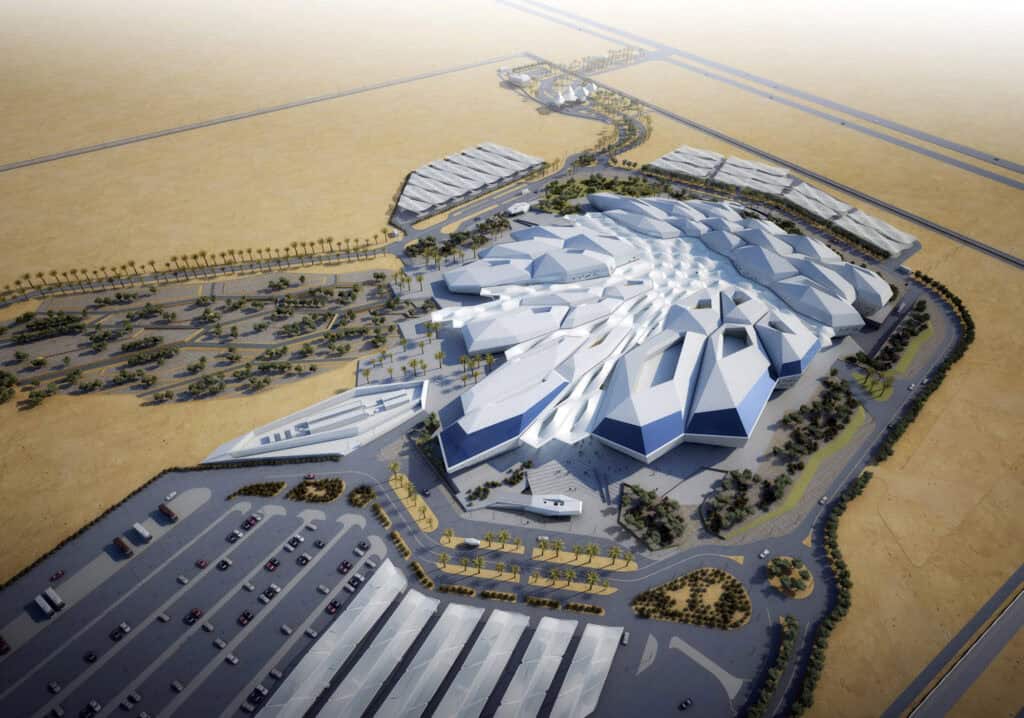
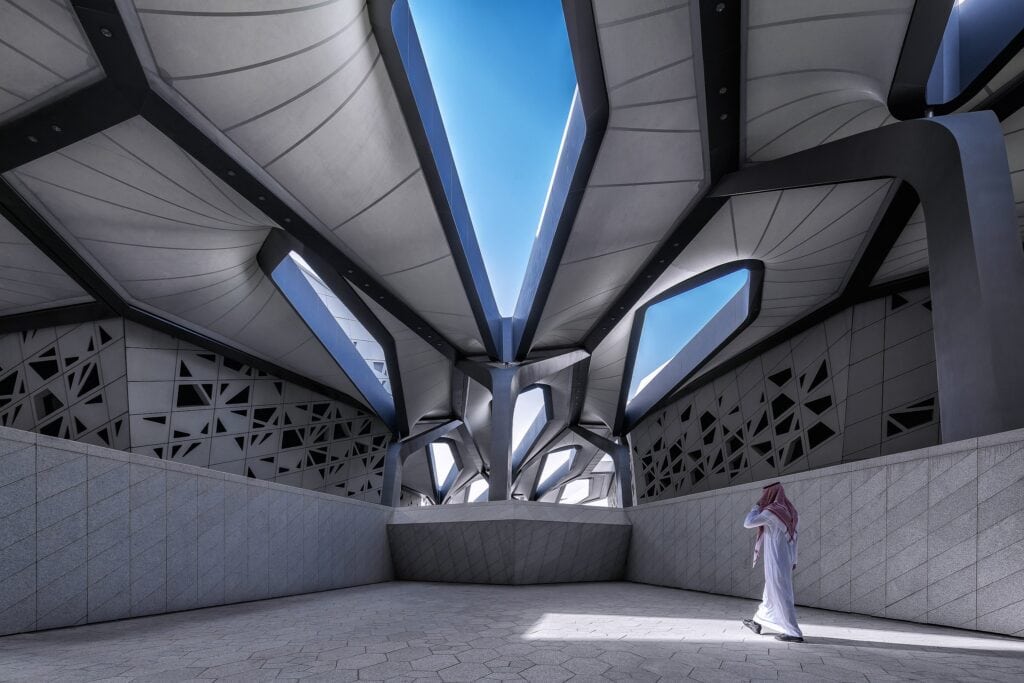
Located in Riyadh, KAPSARC emphasizes sustainability and innovation. Designed by Zaha Hadid Architects, it features cutting-edge techniques and eco-friendly materials.
The contemporary design includes interconnected volumes for flexible workspaces and uses natural light and airflow for energy efficiency. Integrating natural elements, KAPSARC bridges architecture and nature, demonstrating how modern West Asian buildings can honor cultural heritage while advancing sustainable urban development.
Modern North Asian architecture
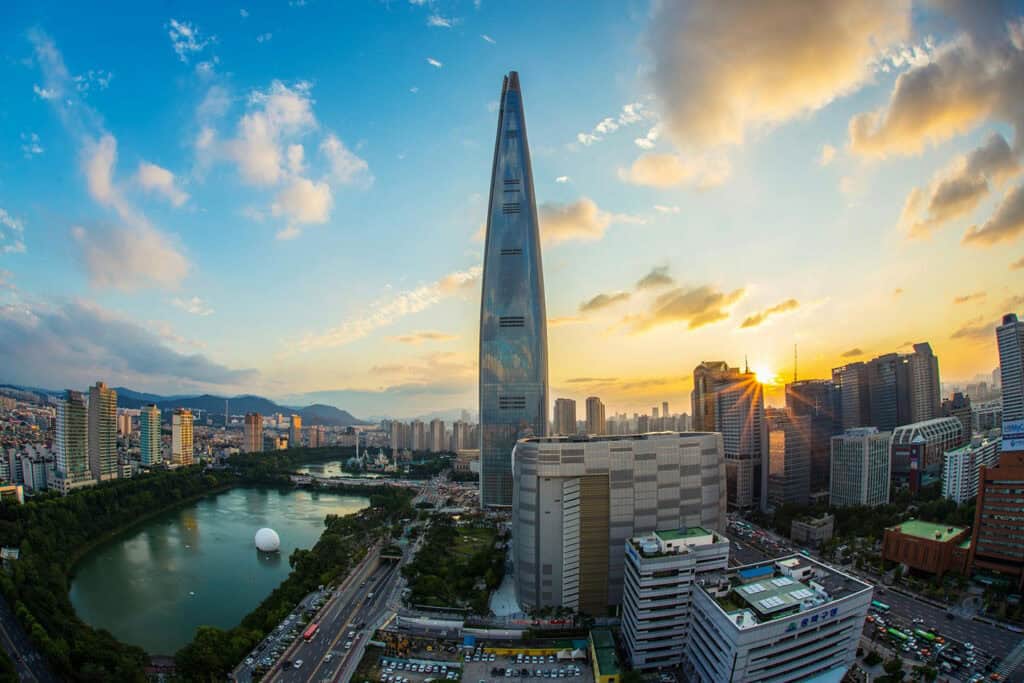
Modern North Asia blends innovative designs with diverse cultural influences and contemporary construction technologies. The region boasts iconic structures that merge traditional values with modernist ideals.
5. Lotte World Tower
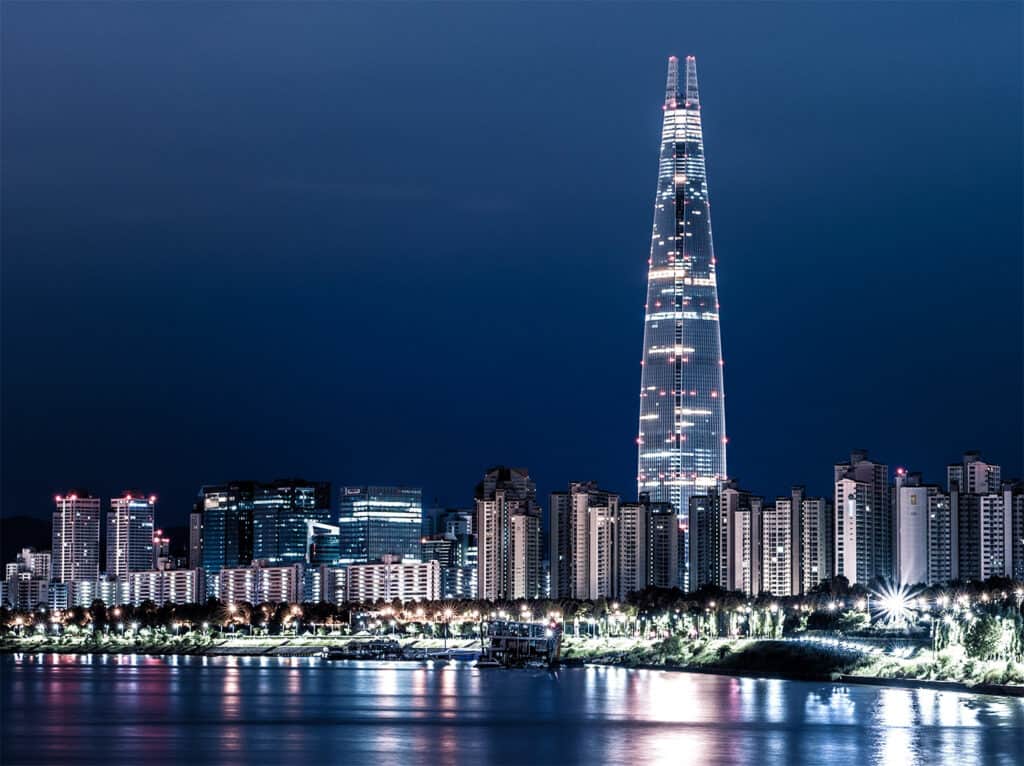
Lotte World Tower in Seoul, South Korea, stands at 555 meters, making it the tallest building in South Korea. Completed in 2016, the tower features 123 floors and incorporates traditional Korean elements, including feng shui principles.
As one of the prominent examples of the tallest buildings in South Korea, advanced materials like glass and concrete provide stunning views and enhance energy efficiency. As a cultural and commercial hub, it integrates urban and landscape architecture, forming a key part of Seoul’s skyline.
6. Ryugyong Hotel

The Ryugyong Hotel in Pyongyang, North Korea, dramatically reshaped the cityscape with its ambitious design. Construction began in 1987 and faced delays before completion in 2011.
Standing 330 meters tall with 105 floors, the pyramid-shaped structure highlights modernist architecture and North Korea’s aspirations for global recognition. Despite challenges, the hotel illustrates the potential of concrete structures in urban development, showcasing how architectural forms can reflect cultural heritage and national pride.
See Also Famous Architecture in Japan
Modern Central Asian architecture
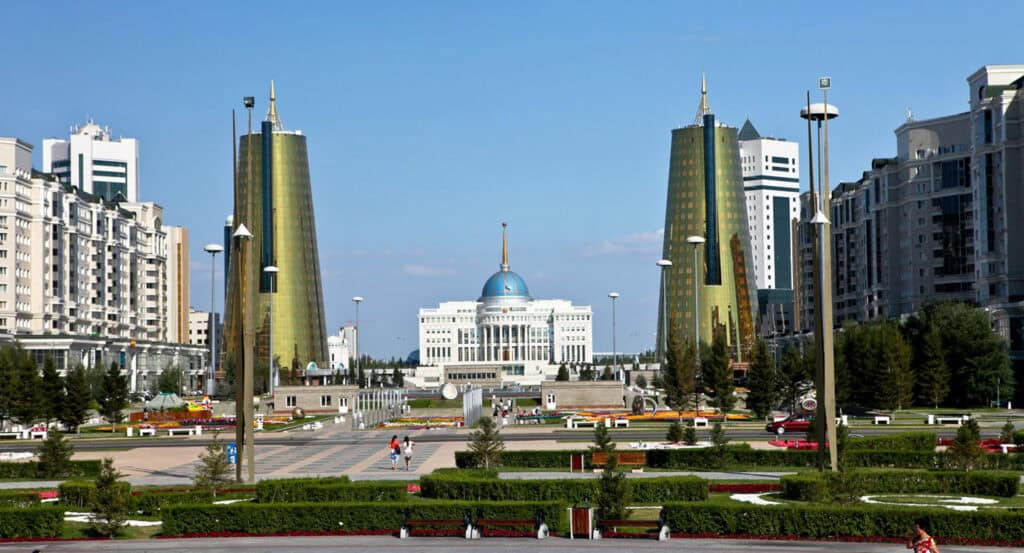
Contemporary architecture in Central Asia reflects a fusion of traditional and modern elements. This blend is evident in iconic structures that symbolize the region’s progress while respecting its rich cultural heritage. Key examples include the Khan Shatyr and the Ak Orda Presidential Palace.
7. Khan Shatyr
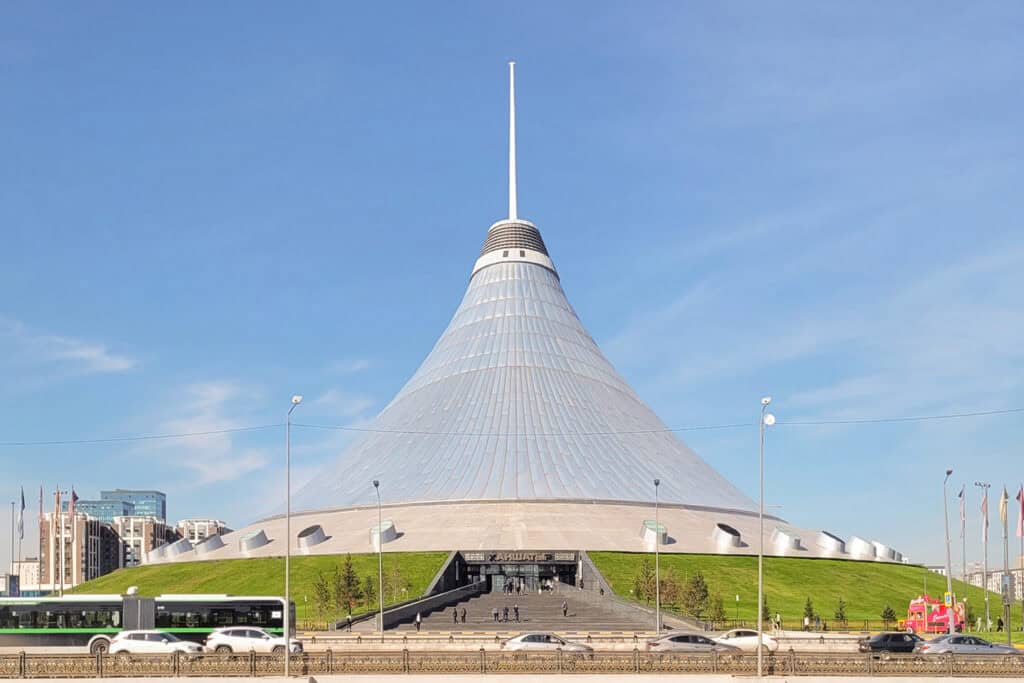
Located in Astana, Kazakhstan, Khan Shatyr exemplifies modern architecture with its striking tent-like design by Norman Foster. Standing over 150 meters tall, it is one of the tallest structures of its kind. The transparent ETFE material permits abundant natural light, creating a unique indoor environment with parks, shops, and entertainment spaces.
The structure employs advanced construction technologies and sustainable practices, ensuring comfort during harsh winters through the integration of natural elements. Khan Shatyr highlights Central Asia’s architectural aspirations, blending contemporary design with cultural identity.
See Also Tallest Buildings in Pakistan
8. Ak Orda Presidential Palace

The Ak Orda Presidential Palace serves as the official workplace of the President of Kazakhstan. Completed in 2004, this contemporary structure features a distinct blue dome, symbolizing the unity of the Kazakh people. The architectural style incorporates elements of traditional Kazakh motifs, linking the past with the present.
The palace is surrounded by beautifully landscaped gardens, creating an inviting urban space. Interior designs emphasize light and openness, reflecting modern architectural principles. As a landmark, Ak Orda represents the aspirations of a nation transitioning into the twenty-first century while honoring its cultural heritage.
Modern South Asian architecture
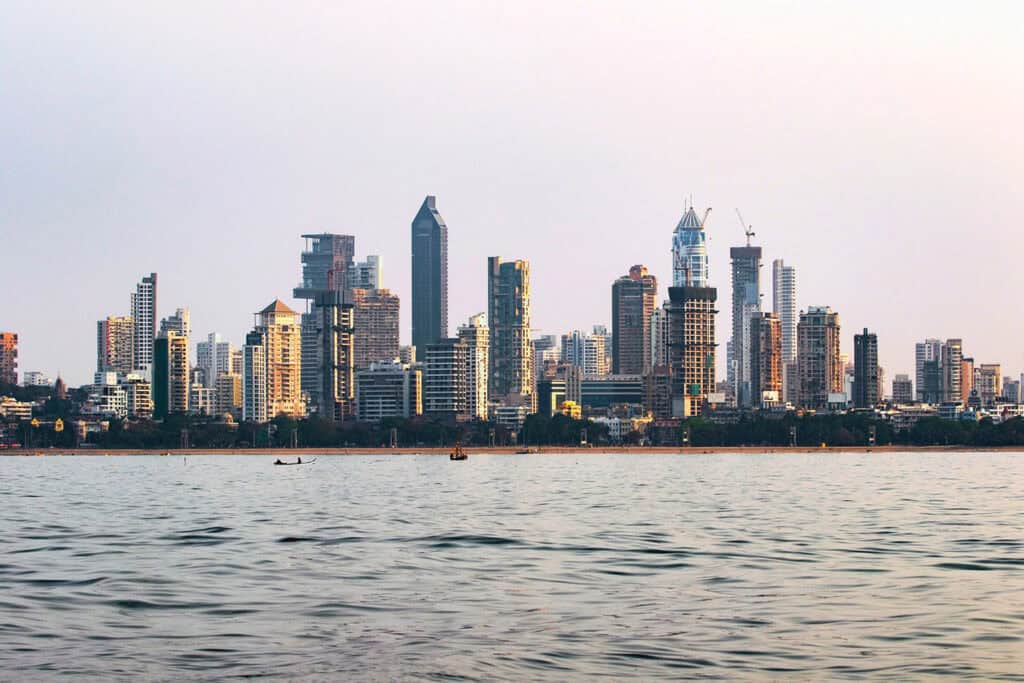
Modern South Asian architecture reflects a blend of contemporary styles and traditional influences. Key examples highlight how innovative design integrates cultural heritage with cutting-edge construction techniques.
9. Lotus Temple
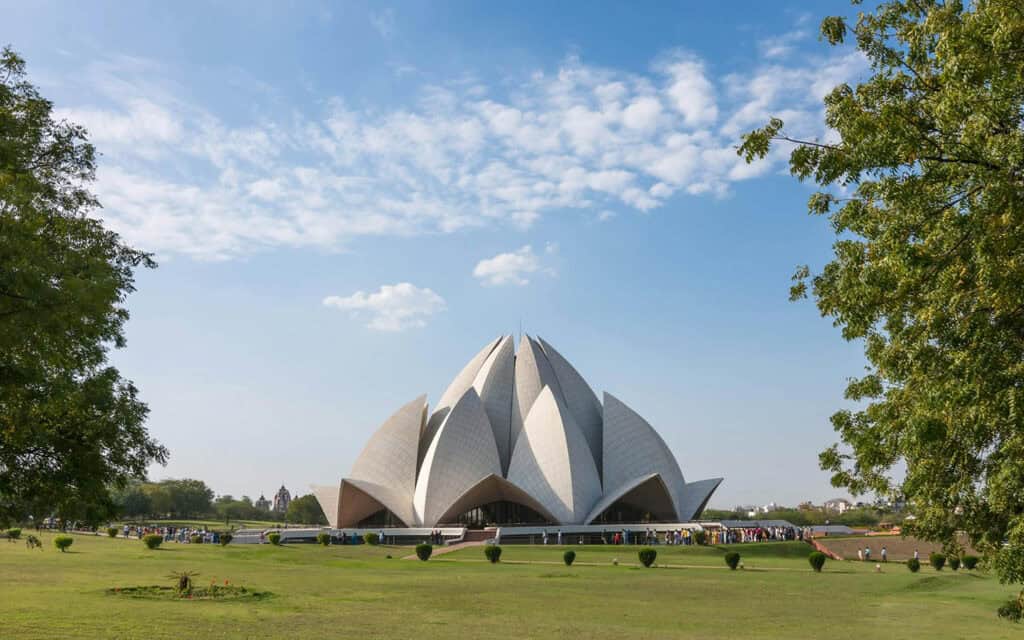
The Lotus Temple in Delhi is an iconic representation of modern Indian architecture. Designed by architect Fariborz Sahba, its flower-like structure symbolizes purity and peace. Completed in 1986, the temple employs white marble and reinforced concrete, showcasing contemporary building materials.
As a notable example of famous architecture in India, the architectural form promotes inclusivity, welcoming people from all faiths. Its design utilizes natural light, creating a serene environment for meditation. The temple’s landscape architecture harmonizes with the surrounding gardens, emphasizing the intrinsic relationship between nature and built structures.
See Also Ancient Indian Art and Architecture
10. Chhatrapati Shivaji Maharaj International Airport Terminal 2
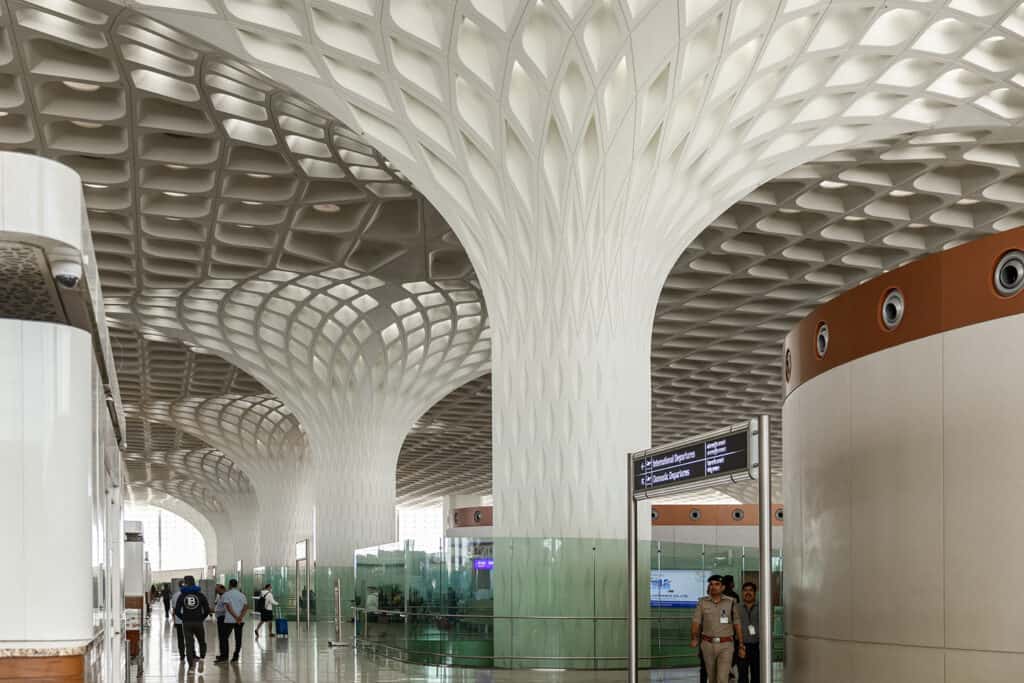
Terminal 2 in Mumbai, designed by SOM, is a modern marvel blending functionality and aesthetics. The terminal’s curvilinear form and high ceilings create a striking visual impact.
Its interior, adorned with art installations, reflects Indian culture and connects travelers with the country’s heritage. The use of sustainable materials and advanced technologies underscores South Asia‘s commitment to modern architecture while honoring tradition.
The seamless integration of urban spaces and landscapes exemplifies contemporary architectural ideals.
Modern Southeast Asian architecture
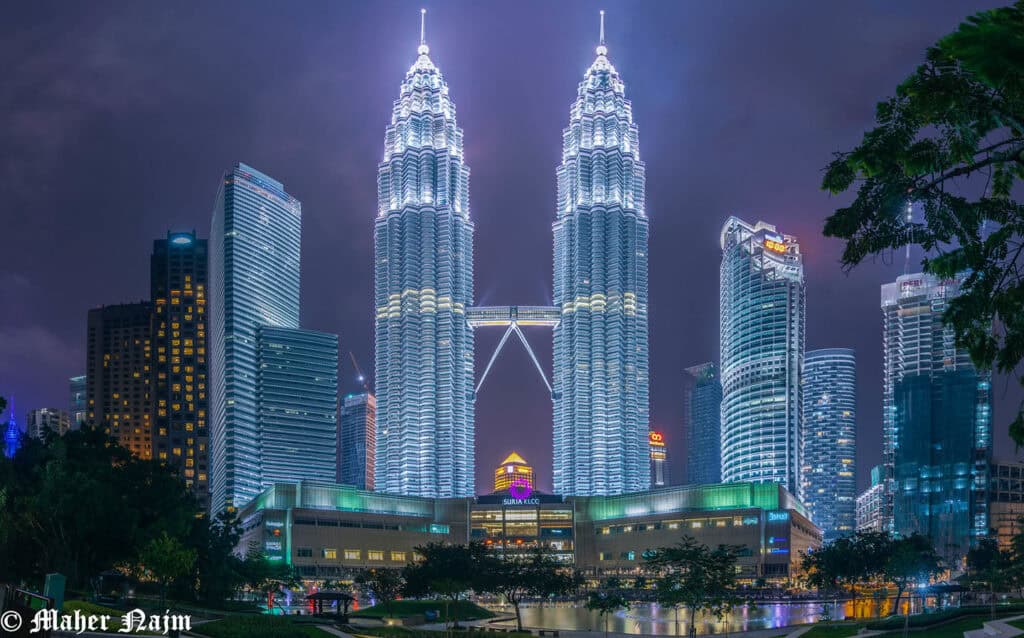
Southeast Asia embodies a rich tapestry of modern architecture, blending traditional influences with contemporary design. Key examples like the Petronas Towers and Gardens by the Bay highlight the region’s innovative use of materials and architectural philosophy, influenced by diverse cultures.
11. Petronas Towers
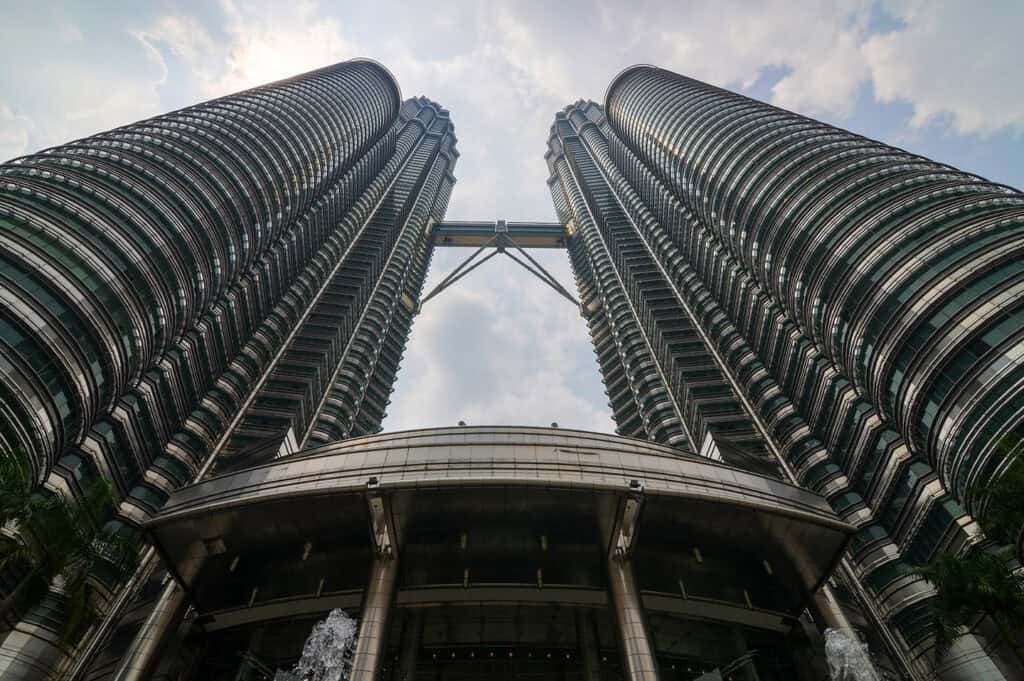
Located in Kuala Lumpur, Malaysia, the Petronas Towers are a symbol of modernism in architectural landmarks. Completed in 1998, the twin skyscrapers reach 452 meters, making them among the world’s tallest buildings and the tallest buildings in Malaysia.
Their design incorporates Islamic motifs, reflecting Malaysia’s cultural heritage, with a steel and glass façade using cutting-edge construction techniques. The towers include office spaces, a skybridge, and an observation deck with stunning city views.
The Petronas Towers exemplifies how modern architecture can merge traditional forms with contemporary design, serving as both a key city landmark and a cultural icon.
See Also Famous Buildings in Malaysia
12. Gardens by the Bay
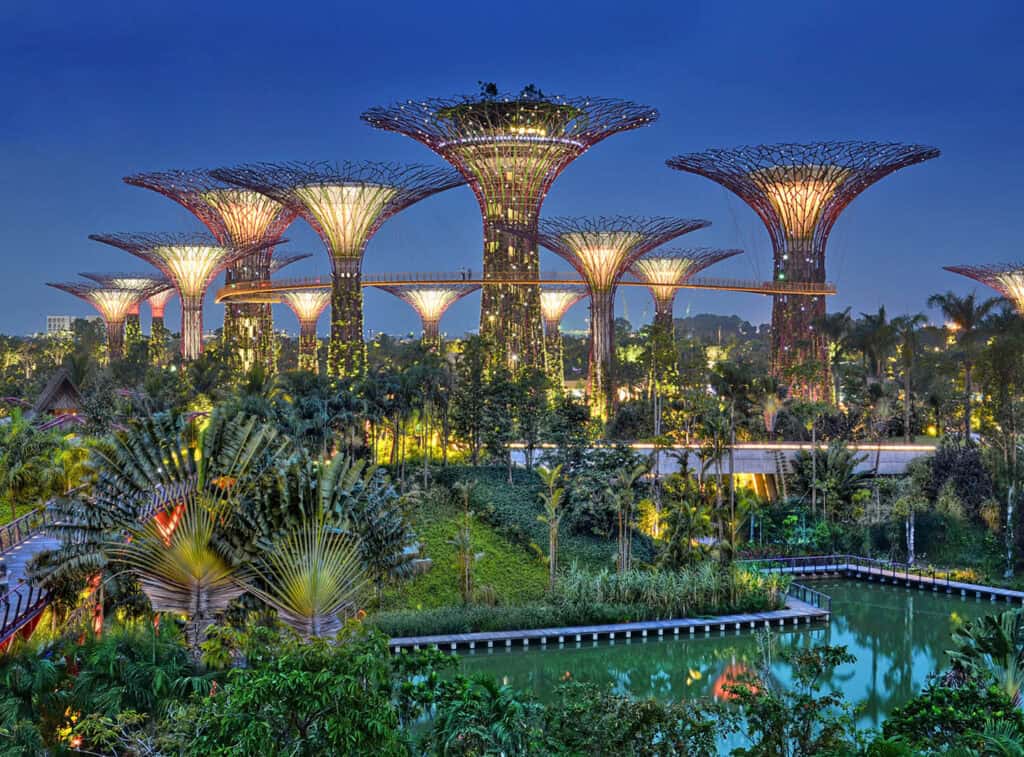
Opened in 2012, Gardens by the Bay in Singapore integrates nature with architecture across 105 hectares. The iconic Supertree Grove features vertical gardens made from reinforced concrete and clad in plant life, promoting sustainability and biodiversity.
The Cloud Forest and Flower Dome use advanced climate control technologies to support diverse plant species. This highlights the role of the natural environment in modern architecture.
Gardens by the Bay exemplifies contemporary urban greenery, demonstrating the intrinsic relationship between built environments and nature which is one of the famous architecture in Asia.
Modern Asian Architecture: A Recap
Modern Asian architecture masterfully intertwines tradition and innovation, creating iconic structures that define cityscapes across the continent.
From Taipei 101‘s pagoda-inspired design to the sustainable elegance of Gardens by the Bay, these buildings reflect a commitment to both cultural heritage and cutting-edge technology.
Each structure, whether it’s the Burj Khalifa‘s record-breaking height or the Lotus Temple’s symbolic form, highlights the dynamic evolution of architectural practices in Asia, bridging historical influences with modern advancements.



